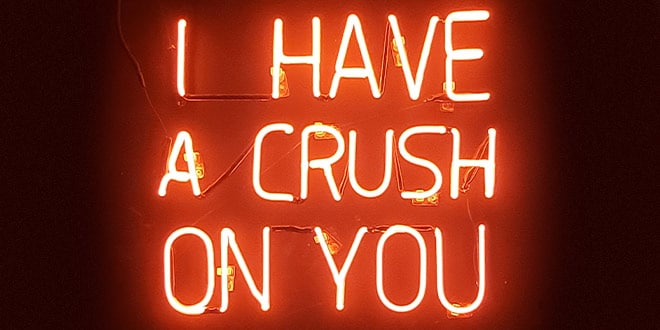Are you primarily attracted to men, women, both, or neither? Fascinating research shows that we may not consciously realize who attracts us. While straight and gay men seem to accurately detect their sexual attraction toward women and men, it appears that straight women and lesbians may not.

Researchers Chivers et al. (2004) presented straight men and women, as well as gay men and lesbians, with three different sexual films. One depicted two women; one featured one man and one woman; and the last involved two men. The researchers measured participants’ self-reported sexual arousal as well as genital arousal. The results for men were straightforward: Gay men exhibited more subjective and physiological arousal to the film involving two men, and straight men exhibited more arousal to the film involving two women.
The authors’ findings regarding women, however, were surprising: Although lesbians thought they were more aroused by the film with two women, and heterosexual women thought they were more aroused by the film involving one man and one woman, both lesbian and heterosexual women were physiologically aroused by all three films, regardless of the gender of the actors.
Researchers believe that women’s sexuality is more fluid or flexible than men’s. And although they do not believe that women are inherently bisexual, they believe that women’s sexual attraction can shift more easily than men’s. This fluidity may have served an evolutionary purpose: Women whose male mates did not invest in their offspring may have benefited from forming partnerships with other women.
We Are Unconsciously Attracted to Ourselves (and Our Parents)
Do you find yourself attractive? You may be surprised to learn that we are sexually attracted to ourselves, or at least to potential partners who look like us. Fraley and Marks (2010) showed that people expressed more sexual attraction to composite photographs when their own photograph was morphed into the composite image (versus a control condition in which another person’s photograph was morphed into the composite image). Importantly, the participants didn’t know that their own photos were included in the composites. If they did realize that the composites were designed to resemble themselves, they rated them as less appealing.
The results suggest that we are unconsciously attracted to those who resemble us. In fact, we are more likely to date partners whose hair color and eye color match our own (Little et al., 2003). Adding to the intrigue, our partners are also more likely to resemble our opposite-sex parents than ourselves, raising the possibility that we are unconsciously attracted to our parents (Little et al.) (Read more about attraction to our parents and other things you never wanted to know about sexual attraction.)
Why are we attracted to people who look like us? Fraley and Marks suggest that stimuli we encounter frequently (such as images of ourselves or our parents) are easier to process and may become more attractive due to mere exposure. Alternately, they suggest that our attraction to those who resemble us may be indicative of self-love.
Attractive Today But Not Tomorrow
Women’s attraction varies with their menstrual cycles. For example, heterosexual women prefer more masculine-looking men, and more symmetrical men, when they are most fertile (Roney and Simmons, 2008; Thornhill and Gangestad, 1999). Women’s attitudes toward their own partners can also change across their cycles. Women who perceive their partners as more sexually attractive rate them more positively when the women are fertile. Those women who find their partners less sexually attractive rate them more negatively when fertile (Larson et al., 2013).
Further, when women are in the fertile portion of their menstrual cycles (and their estrogen levels are high), they are more interested in sex with men other than their primary partners. However, when they are in the less fertile portion of their cycles (and their progesterone levels are high), they are more interested in sex with their primary partners (Grebe et al., 2016).
Why would women’s attraction to men change over time? Women should be attracted to men with good genes, but men who are more attractive may be less inclined to invest in or care for future offspring (Gangestad and Simpson, 2000). Researchers suggest that women may pursue a mixed mating strategy, mating with a kind and supportive long-term mate to help care for and provide for offspring while pursuing men with good genes for short term sexual relationships (Cousins, 2015).
